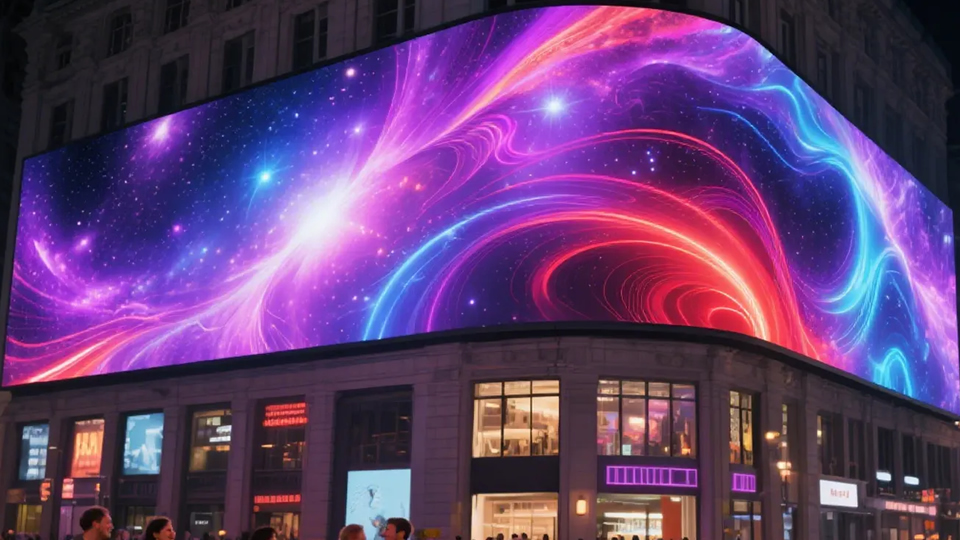Installing an LED screen can be a game-changer for your business or event. It draws attention, delivers dynamic content, and creates a modern and engaging experience. But getting the installation right is more than just bolting panels to a wall and turning on the power. There are a few common mistakes that happen over and over again — and they can cost time, money, and reputation.

One of the most frequent mistakes is choosing the wrong pixel pitch. Pixel pitch refers to the distance between two pixels on the screen. The closer people will be to the screen, the smaller the pitch should be. If you install a screen with a wide pixel pitch in a small indoor space, the content will look pixelated and blurry. On the other hand, using a super-fine pitch on a large outdoor billboard is usually overkill and unnecessarily expensive. Always consider the viewing distance when selecting your LED panels.
Another big mistake is underestimating the brightness requirements. Brightness levels are measured in nits, and the ideal level depends entirely on where the screen will be used. Outdoor displays need to be much brighter — often above 5000 nits — to remain visible in direct sunlight. Indoor screens, however, typically require far less brightness, around 800 to 1200 nits. Too much brightness indoors can even be uncomfortable for viewers. It's all about matching the screen to the space.
Heat management is another issue people often forget until it's too late. LED screens generate heat, especially when they're large or running 24/7. If the installation doesn't allow for proper ventilation, the screen can overheat. This not only affects performance but can also shorten the lifespan of your display. Make sure there is adequate airflow behind or around the screen, and for larger installations, consider integrating active cooling systems if needed.
Maintenance access is something most people don't think about — until something breaks. If your screen is installed flat against a wall with no rear access, and you didn't choose front-service panels, you're in trouble when a module needs to be replaced. Planning for maintenance at the design stage can save a lot of time and cost later. Choose panels that suit your space and service strategy, whether that's front-access, rear-access, or even modular setups for quick replacements.
Finally, don't overlook the importance of quality connections — both power and data. Even if you've chosen the best screen on the market, using low-quality power supplies, weak signal cables, or unreliable controllers can lead to flickering images, syncing problems, or complete system failures. Stick to tested, compatible hardware, and make sure your power setup is stable and properly grounded. A good LED screen depends as much on what's behind it as what's on the surface.
In short, successful LED screen installation is all about planning and details. Think beyond the display itself and look at the full system — how it's mounted, powered, cooled, maintained, and viewed. Avoiding these five common mistakes won't just save you stress — it will help your screen perform better and last longer.

